What is Induction Lighting?
Induction Lighting is a proven lighting technology that has been around for over 100 years. Thanks to technological advances in electronic ballast and generators, induction lighting is now more affordable than ever, making it a great alternative for commercial and municipal uses. Induction lighting has been used extensively for street lighting applications in Asia, Australia and Europe, but is just now emerging as a leading energy-efficient option in North American cities that are looking to "GO GREEN".

An Induction Lamp is surprisingly similar to a fluorescent lamp. It contains mercury in a gas fill inside the bulb, which becomes excited when electricity is applied. The gas then emits UV radiation that in turn is converted into visible white light by the phosphor coating on the bulb. Fluorescent lamps, however, use electrodes inside the bulb to strike the arc and initiate the flow of current - each time the arc is struck, the electrodes degrade a little, eventually causing the lamp to flicker and then fail. Induction Lamps differ from fluorescent lamps in that they do not use internal electrodes, but use a high-frequency generator with a power coupler. The generator produces a radio frequency magnetic field to excite the gas fill.
With no electrodes, induction lamps lasts longer than other types of light bulbs on the market - in fact, induction lamps can last up to 100,000 hours. At 60,000 hours, most induction lamps will still produce roughly 70 percent of its original light output. In other words, their rated life is five to seven times longer than metal halide (7,500 to 20,000 hours at 10 hours/start) lamps and about seven times longer than T12HO fluorescent (at 10 hours/start) lamps.
What is the quality of the light output?
Many people who see induction lights comment on how bright they appear and on the quality of the light. However, when comparing an induction light to a conventional lamp using a light meter, the induction lamp is generally measured as producing less light than the conventional lamp. When looking at this data on paper, rather than seeing the light in action, many people question the installation of induction fixtures even after being told that they use 50 percent less energy. Even though the lights appear to be as bright or even brighter than traditional lighting, induction lamps have met some resistance in new markets because of their performance on light meters.
So how can an induction light appear to work so well, yet perform so poorly when a light meter is used? The issue is not with the induction lights and their ability to produce acceptable light, but rather with the meters. Today's standards for light meters are calibrated using the 1951 CIE Color Space Standards. They have not evolved with advancing technology in the lighting arena. This standard used to set the sensitivity curve for light meters does not take into account the contribution of Scotopic vision (night vision) to the sensitivity of the eye. Scientific studies have shown that the eye is more sensitive to blue wavelengths than the measurement curve of the light meter. Blue light, acting on human night vision (scotopic vision) is largely responsible for "visual acuity" or sharpness of vision. Simply put, light meters and the 1951 standards by which they measure light are wrong. Consumers are therefore paying for products with yesterday's lighting quality while not taking advantage of today's products, such as induction lighting, that offer reduced costs and a better quality of light.
The human retina contains about 125 million rod cells and about 6 million cone cells. Rods and cones respond to different frequencies (colors or wavelengths) of light in different ways. Cone cells are adapted to detect colors and function well in bright light, while rods cell are more sensitive, but do not detect color well as they are adapted to low light.
Photopic vision is the scientific term for human color vision under normal conditions during the day (i.e. human perception of red, green, and blue that the brain integrates to form full color images of the world around us.) Scotopic vision is the scientific term for human visual perception in low light (night vision). Mesopic vision is the scientific term for the combination of photopic and scotopic vision, taking into account the total sensitivity of the rod cells in the eye for the blue range, with the color perception of the cone cells.
The ratio of photopic light versus scotopic light in a lamp is called the S/P ratio. This ratio determines the apparent visual brightness of a light source. This is why the 200w lamp will appear as bright or even brighter to the human eye than a sodium vapor or metal halide of twice the wattage.
How does it work?
Light is measured in lumens (lux or foot candles). The S/P ratio of a lamp is important as it provides a number that can be used to multiply the output reading of a lamp using a 1951 standard conventional meter to determine how much light a lamp produces. These are known as visually effective lumens (VEL). Using a conventional light meter or spectrometer, the light is measured to determine the photopic vision sensitivity curve. Using the same light source with a light meter calibrated to the scotopic, the scotopic sensitivity curve is determined. The resulting readings form an S/P ratio that can be expressed as a single number. Generally speaking, the larger the number, the brighter the light.
Scotopic/Photopic Ratios for Various Light Sources







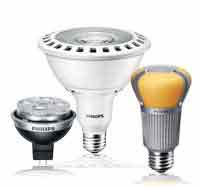
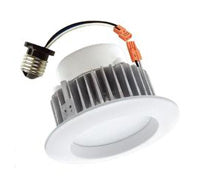

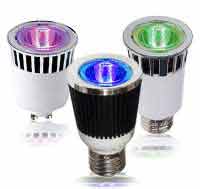


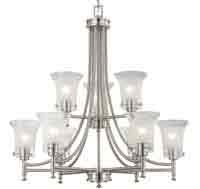
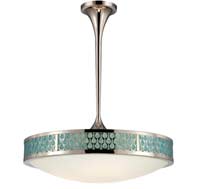




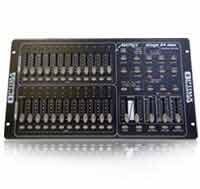







Comments